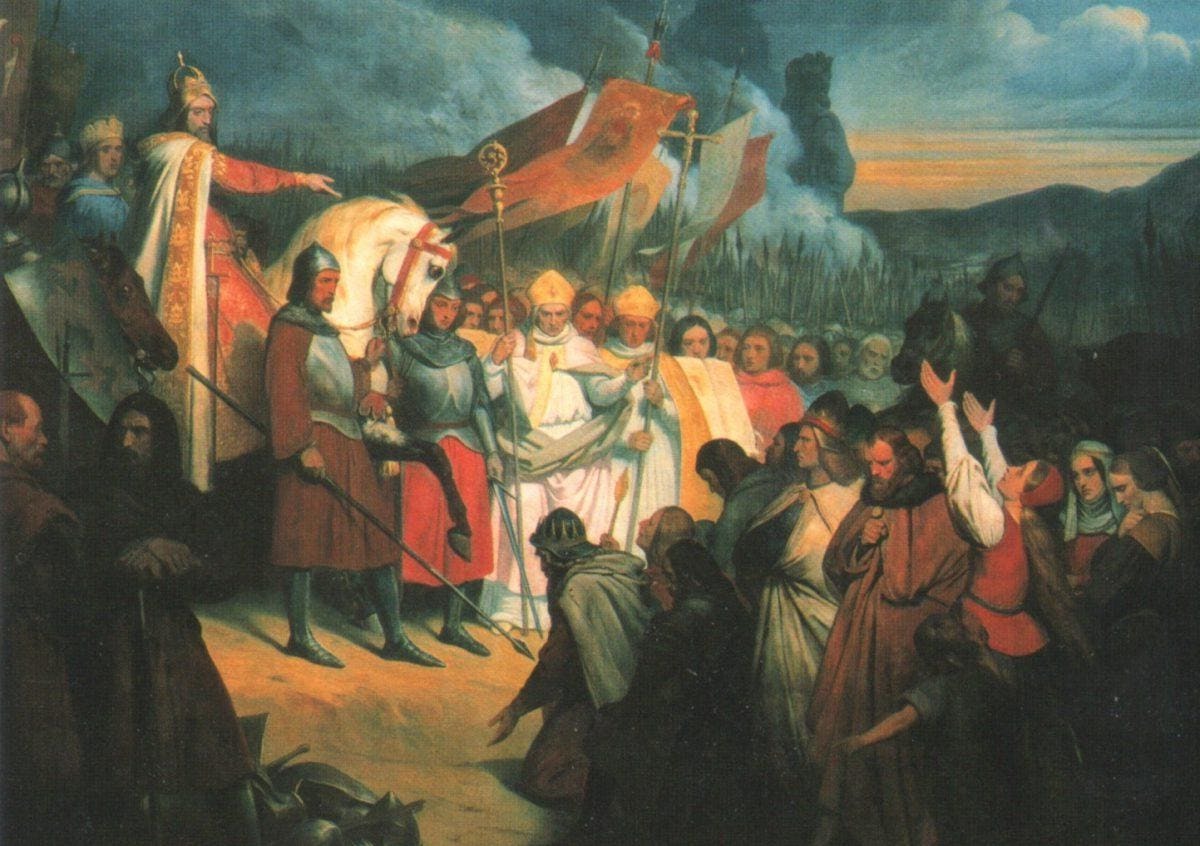
Ever heard of the Phantom Time Hypothesis? This theory suggests that nearly 300 years of history, specifically between 614 and 911 AD, never happened. According to this idea, the early Middle Ages were fabricated, and we are actually living in the 18th century. But why would anyone propose such a wild theory? Some believe it was a conspiracy by the Holy Roman Emperor Otto III, Pope Sylvester II, and Byzantine Emperor Constantine VII to rewrite history for political gain. Is there any evidence to support this? Critics argue that archaeological findings and historical records debunk the hypothesis. Curious to know more? Let's dive into 38 intriguing facts about this controversial theory.
Key Takeaways:
- The Phantom Time Hypothesis suggests that a chunk of history may be made up. While controversial, it has sparked debates and inspired curiosity about historical accuracy and critical thinking.
- Despite being dismissed by mainstream historians, the hypothesis has influenced books, movies, and discussions, highlighting the complexities of historical understanding and the importance of questioning narratives.
What is the Phantom Time Hypothesis?
The Phantom Time Hypothesis is a theory suggesting that a significant portion of the Early Middle Ages (614–911 AD) never occurred. According to this idea, historical events and figures from this period are either fabricated or misdated. Let's dive into some fascinating facts about this controversial hypothesis.
- The hypothesis was proposed by German historian Heribert Illig in 1991.
- Illig argues that the years 614 to 911 AD were added to the calendar by mistake or as part of a conspiracy.
- According to Illig, the Holy Roman Emperor Otto III, Pope Sylvester II, and Byzantine Emperor Constantine VII fabricated the AD dating system to place themselves at the year 1000 AD.
- The theory suggests that the Gregorian calendar, introduced in 1582, was based on incorrect calculations.
- Illig claims that archaeological evidence from the supposed phantom period is either missing or misinterpreted.
- The hypothesis implies that Charlemagne, a key figure in European history, never existed.
- Critics argue that the hypothesis lacks credible evidence and contradicts established historical and archaeological records.
- The theory has been widely dismissed by mainstream historians and scholars.
Evidence and Arguments Supporting the Hypothesis
Proponents of the Phantom Time Hypothesis present various arguments and pieces of evidence to support their claims. Here are some of the key points they make.
- Illig points to discrepancies in the Julian and Gregorian calendars as evidence of missing time.
- He argues that architectural styles and technological advancements from the period are inconsistent with the supposed timeline.
- Some proponents claim that astronomical observations, such as solar eclipses, do not align with historical records from the phantom period.
- They also point to gaps and inconsistencies in written records from the Early Middle Ages.
- Illig suggests that the lack of significant historical events during the phantom period supports the idea that it never happened.
- Some proponents argue that the spread of Christianity and the establishment of the Holy Roman Empire were used to legitimize the fabricated timeline.
- They claim that the scarcity of reliable historical sources from the period is evidence of its non-existence.
Criticisms and Counterarguments
Despite the intriguing nature of the Phantom Time Hypothesis, it has faced significant criticism from historians and scholars. Here are some of the main counterarguments.
- Critics argue that the hypothesis relies on selective interpretation of evidence and ignores contradictory data.
- They point out that numerous historical records and archaeological findings from the period exist, contradicting the hypothesis.
- The hypothesis fails to account for the continuity of historical events and developments before and after the supposed phantom period.
- Critics argue that discrepancies in the calendar systems can be explained by errors in historical record-keeping rather than a deliberate fabrication.
- The hypothesis does not provide a plausible explanation for the widespread acceptance of the fabricated timeline across different cultures and regions.
- Critics also point out that astronomical observations from the period align with historical records, contradicting the hypothesis.
- The existence of Charlemagne and other historical figures from the period is well-documented through various sources.
Impact and Influence of the Hypothesis
Despite its controversial nature, the Phantom Time Hypothesis has had an impact on historical discourse and popular culture. Here are some ways it has influenced discussions and media.
- The hypothesis has sparked debates and discussions among historians, scholars, and enthusiasts.
- It has inspired various books, articles, and documentaries exploring the idea and its implications.
- The theory has been referenced in popular culture, including novels, movies, and TV shows.
- Some conspiracy theorists have adopted the hypothesis as part of broader claims about historical manipulation and deception.
- The hypothesis has prompted re-examination of historical records and archaeological evidence from the Early Middle Ages.
- It has highlighted the importance of critical thinking and skepticism in evaluating historical claims.
- The theory has also led to increased interest in the study of calendar systems and their historical development.
Conclusion
The Phantom Time Hypothesis remains a controversial and widely debated theory. While it has been largely dismissed by mainstream historians, it continues to intrigue and captivate those interested in alternative historical theories. Whether you believe in the hypothesis or not, it serves as a reminder of the complexities and uncertainties of our understanding of history.
- The hypothesis has led to the publication of numerous academic papers and articles analyzing its claims.
- It has also inspired amateur historians and enthusiasts to conduct their own research and investigations.
- The theory has been discussed in various online forums and communities, sparking lively debates and discussions.
- Some proponents of the hypothesis have organized conferences and events to present their findings and arguments.
- The hypothesis has been featured in several podcasts and radio shows exploring alternative historical theories.
- It has also been the subject of various YouTube videos and online documentaries.
- The theory has prompted some historians to re-evaluate their understanding of the Early Middle Ages.
- Despite its controversial nature, the hypothesis has contributed to the broader discourse on historical accuracy and the reliability of historical records.
- The Phantom Time Hypothesis serves as a reminder of the importance of questioning and critically evaluating historical narratives.
The Final Word on Phantom Time Hypothesis
The Phantom Time Hypothesis suggests that 297 years of history, specifically between 614 and 911 AD, were fabricated. This theory, proposed by Heribert Illig, claims that events like Charlemagne's reign never happened. Critics argue that the hypothesis lacks solid evidence and contradicts established historical records. While intriguing, most historians dismiss it as pseudoscience.
Understanding this hypothesis helps highlight the importance of critical thinking and evidence-based research in history. It also reminds us that history is a complex puzzle, pieced together through archaeological finds, written records, and scientific methods. Though the Phantom Time Hypothesis stirs curiosity, it's crucial to rely on credible sources and scholarly consensus when studying our past.
Frequently Asked Questions
Was this page helpful?
Our commitment to delivering trustworthy and engaging content is at the heart of what we do. Each fact on our site is contributed by real users like you, bringing a wealth of diverse insights and information. To ensure the highest standards of accuracy and reliability, our dedicated editors meticulously review each submission. This process guarantees that the facts we share are not only fascinating but also credible. Trust in our commitment to quality and authenticity as you explore and learn with us.


